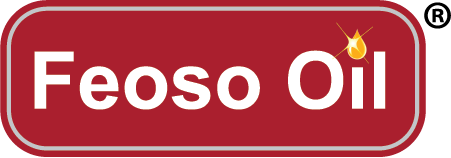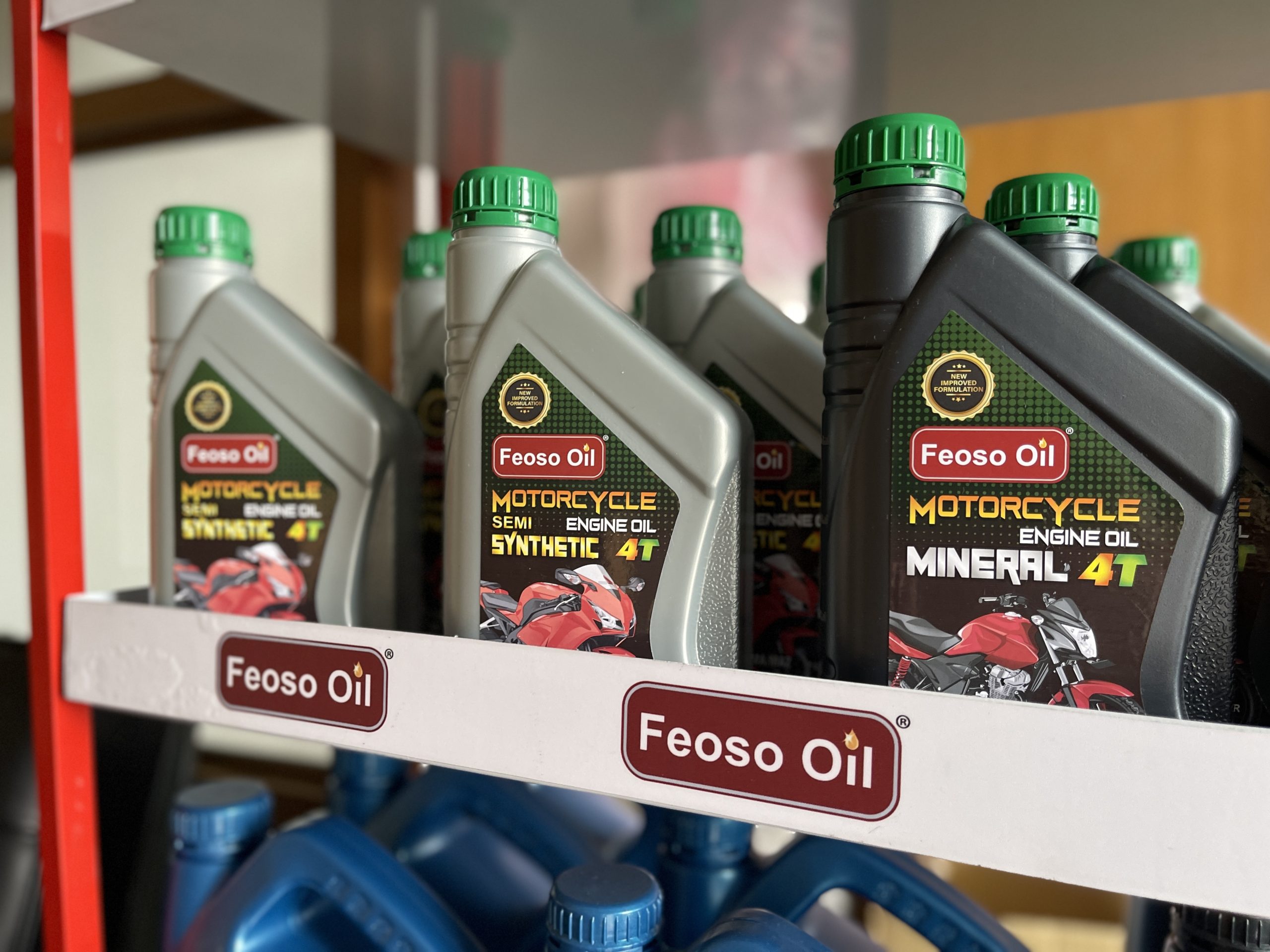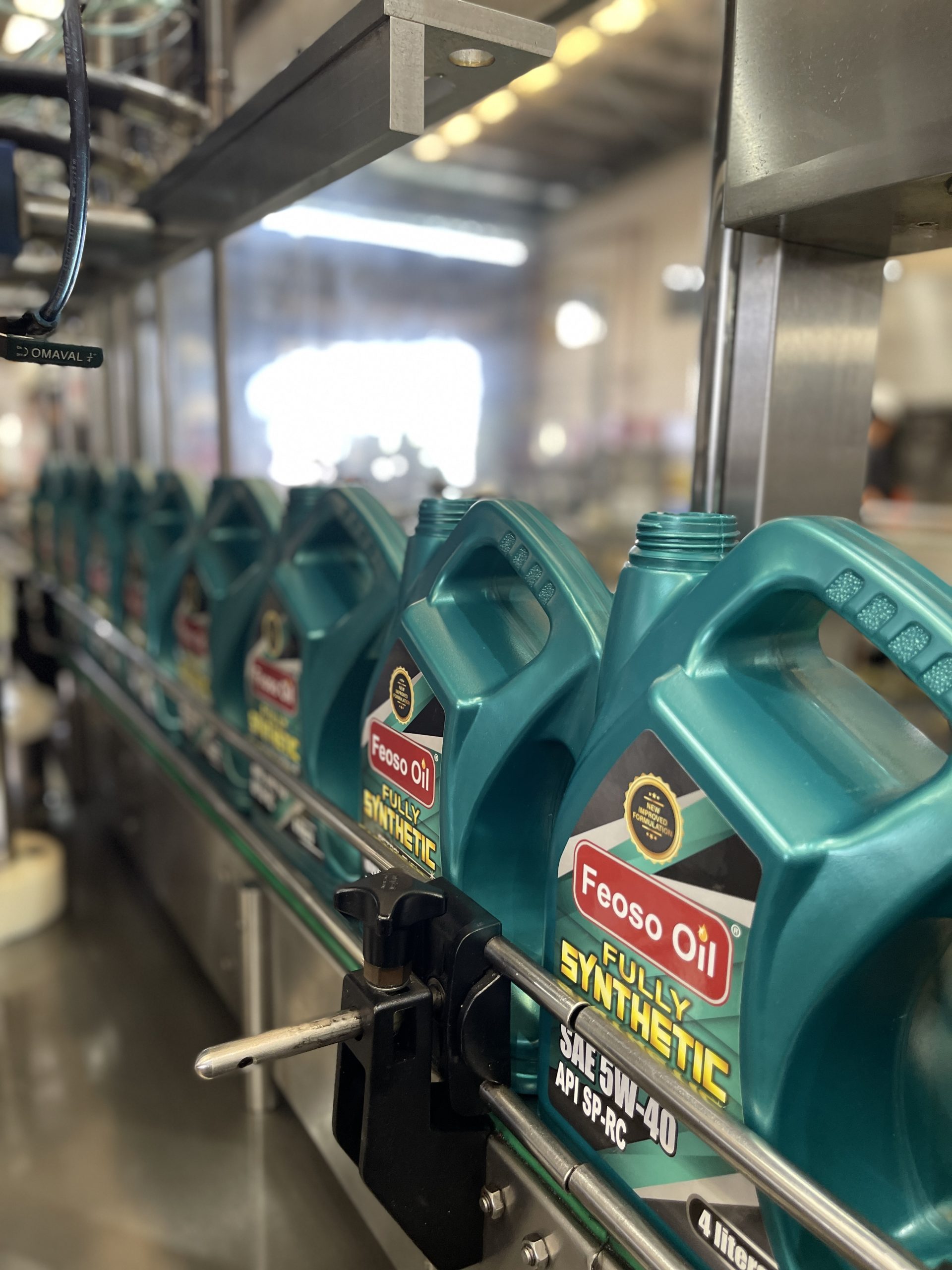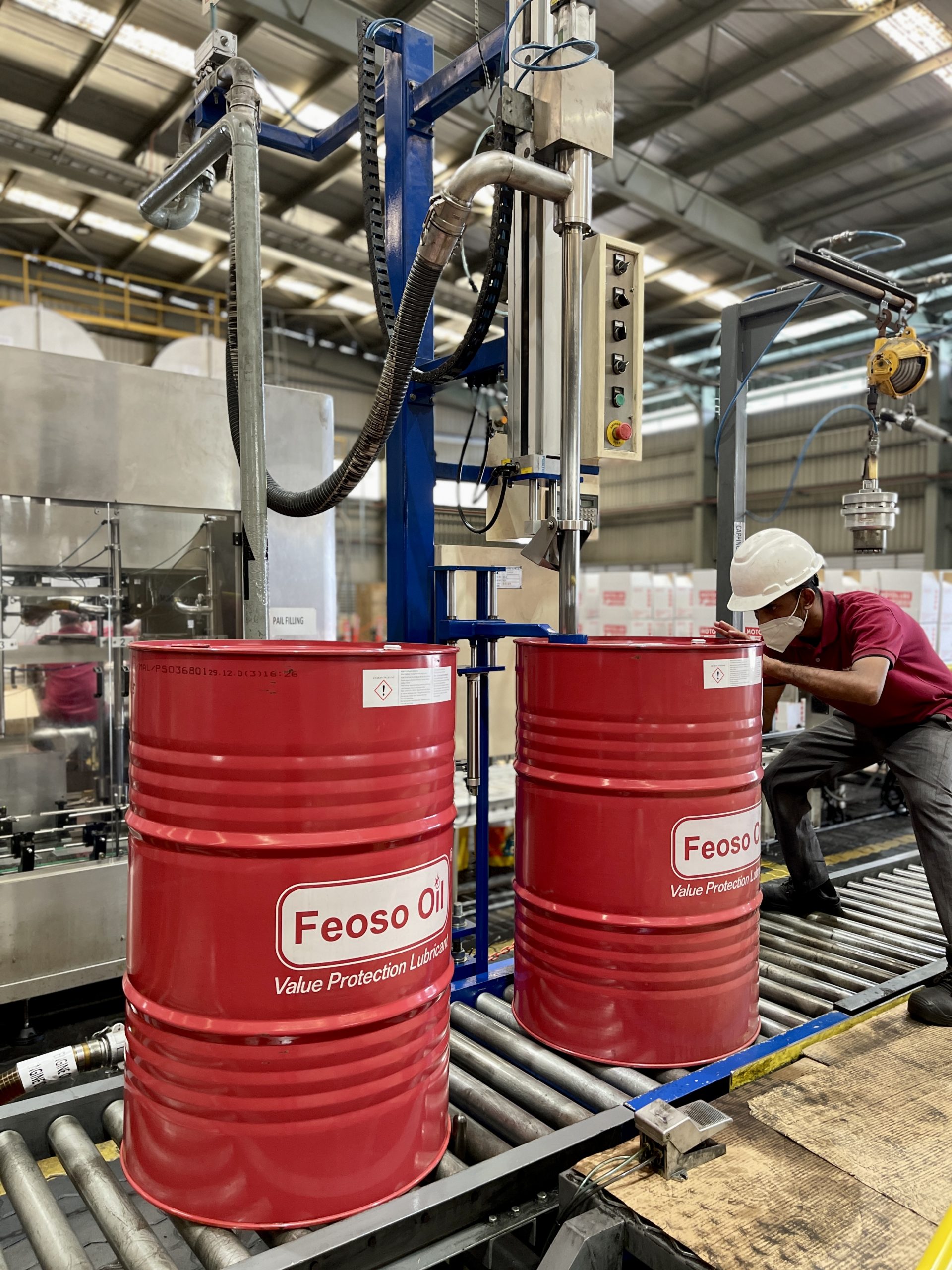| Abrasive Wear |
Wear between two surfaces in relative motion due to lose particles or surface roughness |
| Acid number |
A measure of the amount of Potassium Hydroxide (KOH) need to neutralise all or part of the acidity of a petroleum product |
| Additive |
Any material that is added to a base stock to change its properties, characteristic or performance |
| Adhesive wear |
Wear caused by metal-to-metal contact, characterised by local welding, and tearing of the surface. |
| Antifoam Agent |
An additive use to suppress the foaming tendency of petroleum product in service. |
| Antiwear Agent |
Additive or their reaction product which form thin tenacious films on highly loaded parts to prevent metal to metal contact. |
| Ash |
Metallic deposits formed in the combustion chamber and the other engine parts during high temperature operation. |
| Bases |
Compound that reacts with acids to form salts and water. Alkalis are water soluble bases, used in petroleum refining to remove acidic impurities. Oil soluble bases are included in lubricating oil additives to neutralize acids formed during the combustion of fuel or oxidation of the lubricant. |
| Base Number |
The amount of acid needed to neutralise all or part of a lubricant basicity. |
| Base Stock (Base Oil) |
The base fluid, usually a refined petroleum fraction or a selected synthetic material, into which additives are blended to produce finished lubricants. |
| Bitumen (Asphalt/Tar) |
Brown or black viscous residue from the distillation of crude petroleum. Contains sulphur and nitrogen compounds. |
| Bright stock |
A heavy residual lubricant stock with low pour point, used in finished blend to provide good bearing film strength, prevent scuffing, and reduce oil consumption. Identified by its viscosity. |
| Cold Cranking Simulator (CCS) |
An immediate shear rate viscosity meter that predicts the ability of an oil to permit a satisfactory cranking speed in a cold engine. |
| Corrosive Wear |
Wear caused by chemical reaction |
| Demulsibility |
A measure of a fluids’ ability to sperate from water |
| Density |
Mass per unit volume |
| Detergent |
A substance added to a fuel or lubricant to keep engine parts clean. In motor oil formulations, the most used detergents are metallic soaps with basicity to neutralise acids formed during combustion. |
| Dispersant |
An additive that helps keep solid contaminants in suspension, preventing sludge and varnish deposits on engine parts. Usually non-metallic (ashless) and used in combination with detergents. |
| Emulsifier |
Additive that promotes the formation of a stable mixture or emulsion of oil and water. |
| Engine Deposits |
Hard or persistent accumulation of sludge, varnish, lacquer, and carbon residues due unburned and partially burned fuel or the partial breakdown of the lubricant. Dust and metal particles also contribute to this. |
| Erosion |
Wearing away of a surface by the impinging fluid or solid. |
| Flash Point |
The minimum temperature at which a fluid will support instantaneous combustion (a flash) but before it will burn continuously (fire point). It is an important indicator of the fire and explosion hazards associated with the petroleum product. |
| Inhibitor |
Additive that improves the performance of a petroleum product by controlling undesirable chemical reactions |
| Insoluble |
Contaminants found in used oils due to dust, dirt, wear particles or oxidation products. Measured as pentane or benzene insoluble |
| Kinematic Viscosity |
Measure of a fluids resistance to flow under gravity at a specific temperature (usually 40 degrees to 100 degrees) |
| Multigrade Oil |
Engine or gear oil that meets the requirement of more than one SAE viscosity grade classification and that can be used over a wider temperature range than a single grade oil |
| Naphthenic |
A type of petroleum fluid derived from naphthenic crude oil. |
| Paraffinic |
A type of petroleum fluid derived from paraffinic crude oil. Often susceptible to cold flow problems. |
| Permanent viscosity loss |
Irreversible reduction in lubricant viscosity due to mechanical shear in engine. PVL equals the difference between the fresh oil viscosity and that of the degraded oil at the same temperature. |
| Pour Point |
An indicator of the ability of an oil or distillate fuel to flow at cold operating temperatures. It is the lowest temperature at which the fluid will flow when cooled under prescribed conditions. |
| Scuffing |
Abnormal engine wear due to localized welding and fracture. It can be prevented by anti-wear, extreme-pressure and friction modifier additives |
| Shear Stability Index (SS) |
A measure of an oil’s irreversible viscosity loss attributed to the viscosity modifier when the oils is subjected to engine operation. |
| Sludge |
A thick, dark residue, normally of mayonnaise consistency, that accumulates on the non-moving engine interior surfaced. Generally removable by wiping, its formation is associated with insoluble overloading the lubricant. |
| Synthetic Lubricant |
Lubricant fluid made by chemically reacting materials of a specific chemical composition to produce a compound with planned and predicable properties |
| Viscosity |
A measure of fluids resistance to flow |
| Viscosity Index |
Relationship of viscosity to the temperature of a fluid. It is determined by measuring the kinematic viscosities of the oil at 40 degrees and 100 degrees. High viscosity index fluid tends to display less change in viscosity with temperature. |






